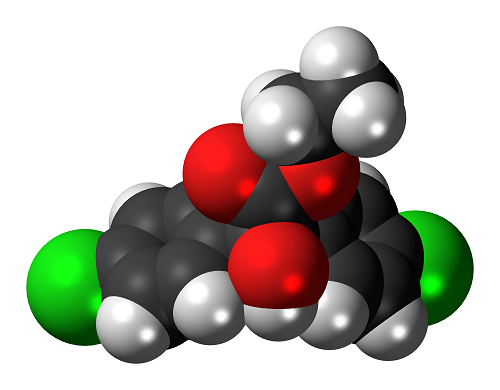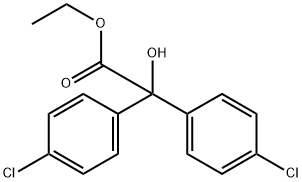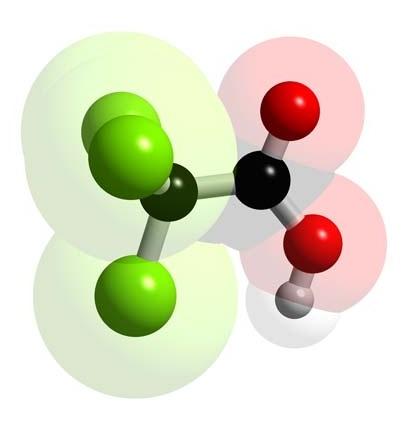Toxicity of Chlorobenzilate
Chlorobenzilate is an organochlorine pesticide belonging to the same class as dichlorodiphenyltrichloroethane (DDT). It was originally developed by Ciba–Geigy and introduced in 1952.

Use
The primary use of chlorobenzilate is as an acaricide for mite control on citrus crops and in beehives. It has a narrow insecticidal action, killing only mites and ticks. Historically, chlorobenzilate was used as a synergist for DDT. Although now banned for use in the United States and Europe, it is believed to be used on crops other than citrus in other countries.
Environmental Fate
The historical use of chlorobenzilate resulted in its release into the environment. It has low water solubility (log Kow = 4.74) and adsorbs strongly to sediment and suspended particulate matter in aquatic environments. Chlorobenzilate has low soil mobility due to an estimated Koc of 1500 and thus is not expected to leach into groundwater. Decomposition via photolysis or hydrolysis is not considered significant. The halflife of chlorobenzilate in fine sandy soils was estimated to be 10–35 days, with degradation being primarily microbial. In silty clay loam and clay soils, the half-life of chlorobenzilate was estimated to be 10.8–15.1 and 29.5–169.1 days, respectively.
Volatilization from water or soil is not appreciable due to an estimated Henry’s law constant of 7.2 atmm3 mol-1. If released into air, chlorobenzilate will exist in both vapor and particulate phases. The half-life of vapor-phase chlorobenzilate in ambient air was estimated to be 3.2 days. Chlorobenzilate in the particulate phase is expected to be removed from the atmosphere by wet or dry deposition. There is no evidence for long-range transport of chlorobenzilate. Bioaccumulation in aquatic organisms is moderate to high due to a reported bioconcentration factor range of 224–709 in fish.
Toxicity
Similar to other organochlorine pesticides in this structural class, chlorobenzilate causes disruption of normal flow of Naþ and K+ across axonal membranes in the central nervous system (CNS) and peripheral nervous system and may also antagonize gamma-aminobenzoic acid-mediated inhibition in the CNS. The net result is a hyperexcitable state of neurotransmission.

